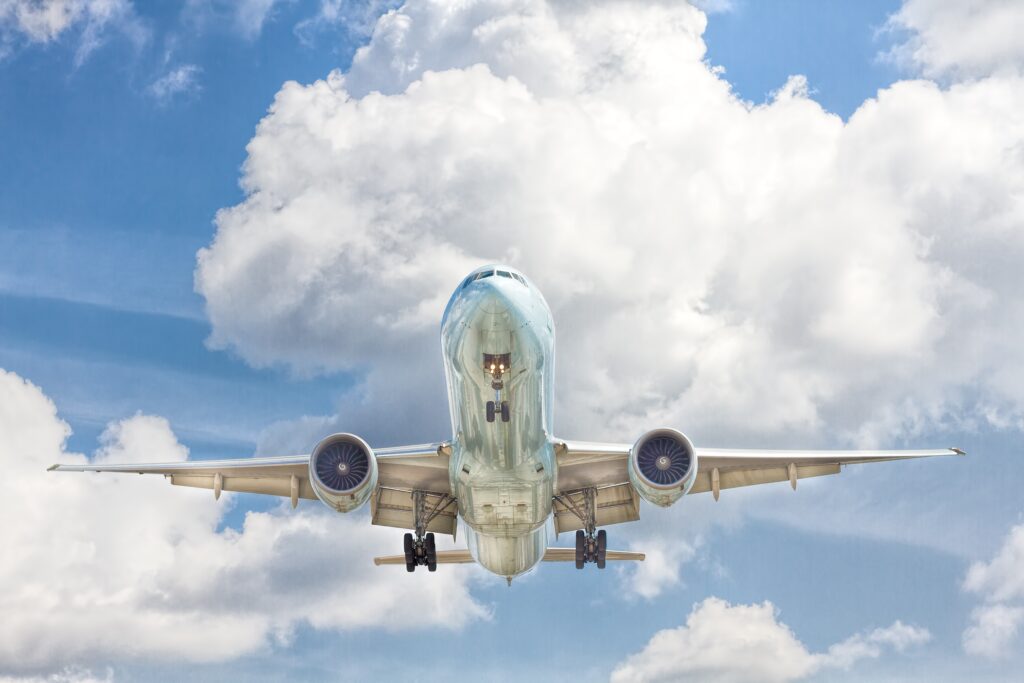The aerospace sector is quickly using artificial intelligence (AI) to transform its business practices. AI is finding a wide range of uses, from autonomous drones to proactive maintenance. It makes it possible to schedule flights effectively, increase safety through the detection of anomalies, simplify production, reduce fuel consumption, and make it possible to manage air traffic intelligently.
In this article, We will explore AI’s potential in the aerospace industry in this article.

Independent Systems
AI-powered autonomous systems are revolutionizing the aerospace sector. Drones are the best example of how artificial intelligence is modifying the aerospace industry. Drones are already carrying out many jobs like surveillance, package deliveries, and even some search and rescue operations because of AI algorithms. These systems can travel across complicated surroundings, make intelligent judgments in real time, and react to new circumstances thanks to AI.
Maintenance of Aircraft
With the improvement of predictive maintenance skills, AI is revolutionizing the maintenance of airplanes. AI systems can spot trends and forecast possible problems by analyzing the huge amounts of data gathered from sensors and previous maintenance logs. This enables airlines to plan maintenance in advance, cut downtime, and keep expenses to a minimum. Additionally, AI-powered maintenance solutions optimize the distribution of spare parts and speed up the repair procedure, resulting in considerable increases in operational efficiency.
Now you can also learn about flight cancellations and delays by using online sites, for instance, Ryanair.
Air Traffic Control
Managing the daily administration of millions of flights is difficult work. Air traffic control systems are being made more effective and safe through the use of AI. AI algorithms are able to analyze real-time data, forecast traffic jams and aircraft delays, choose the best flying paths, and even spot possible dangers. AI helps save fuel, reduce emissions, and improve safety for both passengers and pilots by easing traffic and optimizing the use of airspace capacity.
Updates for flight delays because of traffic jams and weather instability should be checked on sites such as British Airways.
Production and Design
The aerospace industry’s production and design processes are going through a change due to AI. In order to optimize aircraft design, increase aerodynamics, and decrease fuel consumption, AI-powered computers can analyze massive amounts of data. AI also makes it possible to automate quality control processes that make sure every component complies with tight safety requirements. This improves the overall quality and efficiency of airplanes while also accelerating the production process.
Conclusion
Applications of AI will take the aerospace business to new heights as the field continues to rise. The incorporation of AI should result in safer flights, improved operations, and more productivity. The aerospace sector shows its dedication to maximizing the potential of AI with each new achievement, preparing the way for a day when intelligent technology will take off.

